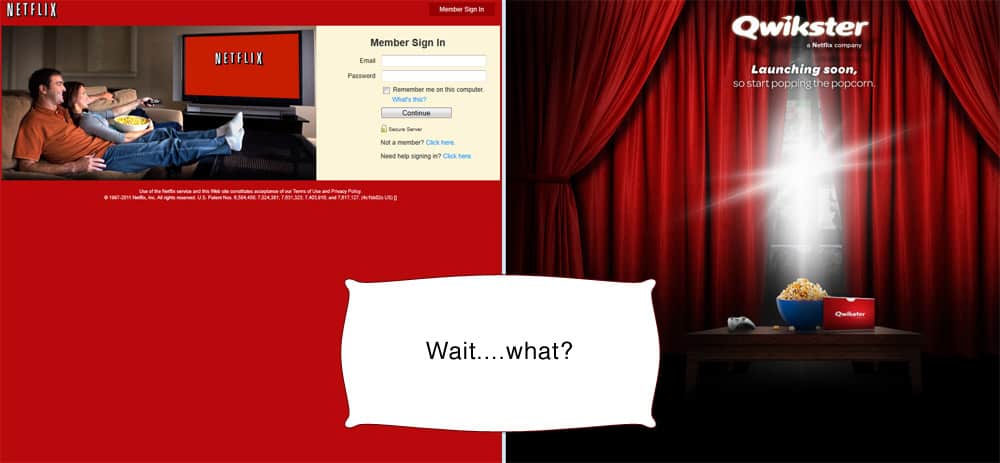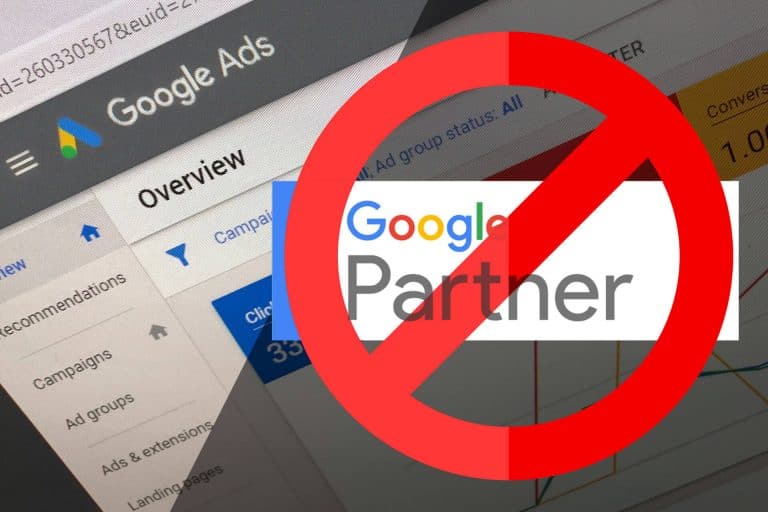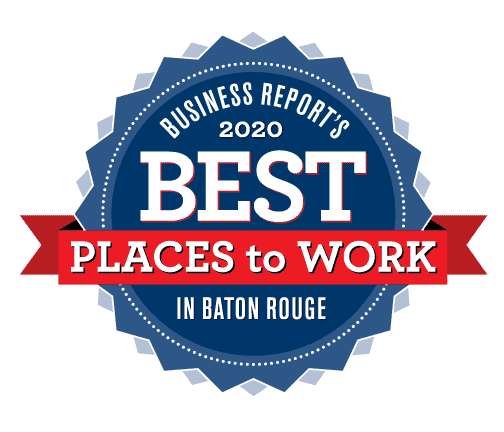Netflix Brand Management Gone Wrong
In the midst of our daily morning routine – which includes checking email for most— all Netflix subscribers received an email entitled “An Explanation & Some Reflections.” The email was a combination of an apology letter and announcement of product line separation from CEO Reed Hastings. Not an ideal combination when trying to win over customers who are already considering jumping ship. The email begins with a personal salutation followed by the remorseful statement, “I messed up. I owe you an explanation.” Hastings explains that he understands customers’ reactions to the price hike that took place in July. Continuing, he talks about the original vision for Netflix throughout the years; throwing in big company names that have failed such as AOL & Borders. After all of this diversion he drops a bomb – because of their different cost & marketing structures, Netflix’s DVD mailing service will now be a separate business, Qwikster (we have our own sentiments about the name, but will save them). Could this be the small attempt to send a reviving shock after seeing such tremendous drops in customer retention and stock prices recently? We have our own ideas about what went wrong, believing brand mismanagement to be the culprit, but first let’s take a step back.
It was proven back in July 2008 with the success of Joss Whedon’s Dr. Horrible Sing-Along Blog that streaming content over the web was an emerging market.
http://latimesblogs.latimes.com/webscout/2008/07/joss-whedons-dr.html
In October of that same year, Netflix took hold of the reigns, of the streaming content trend, with no intentions letting go. They started by landing a partnership with Starz and gaining a 2,500+ catalog of movies and television shows; unfortunately this partnership will be terminated come February 2012. Pricing began at a reasonable $7.99/month for unlimited streaming plus one DVD then, in fall 2010, the price increased to $8.99/month. Customers accepted this increase with ease. It was the announcement in July that destroyed the loyalty of more than a million customers. Netflix announced that starting September 1st, unlimited streaming and DVD mailing would each cost $7.99, raising customers’ monthly bill by 60%. This cost increase could be attributed to an array of things including an increase in the price their partners are demanding or competitors entering into the market – both completely understandable.
However, Netflix failed to convey its message to customers in a compelling manner – brand mismanagement 101. It is very hard, without a ‘what’s in it for me’ proposition, to explain to customers why they are paying more for the same service. Due to their failure to communicate with its customers, Netflix has lost over 1 million subscribers since July. Also, the price of their stock has plummeted 51% from its height of $298.73. While separating their services and creating a flanker brand, Qwikster, may end up surprising us by being successful, we have no doubt in our minds that Netflix definitely should have handled it better.
From a consumer standpoint, the number one thing running through our minds when prices increase on any product or service is, “what’s in it for me.” If there is no value-added after a price hike any company better has a flawless marketing campaign to save them. This is where Netflix missed a step and completely missed the mark. They waited until it was too late to uphold their brand image. Their sad attempt to be ‘personable’ and reach out to their customers, with an email sent by the CEO, did not succeed in reestablishing their once spotless image. If anything Mr. Hastings’s email was successful in losing more customers due to his passive-aggressive way of taking responsibility for Netflix’s mistake. Not to mention the video blurb that came along with it – talk about being scripted and completely insincere. Although some customers will keep their subscription to Netflix, the majority of us agree that they have damaged their brand. Could this really be the fall of a giant? It’s not often you get to see a company fall apart in real-time.







